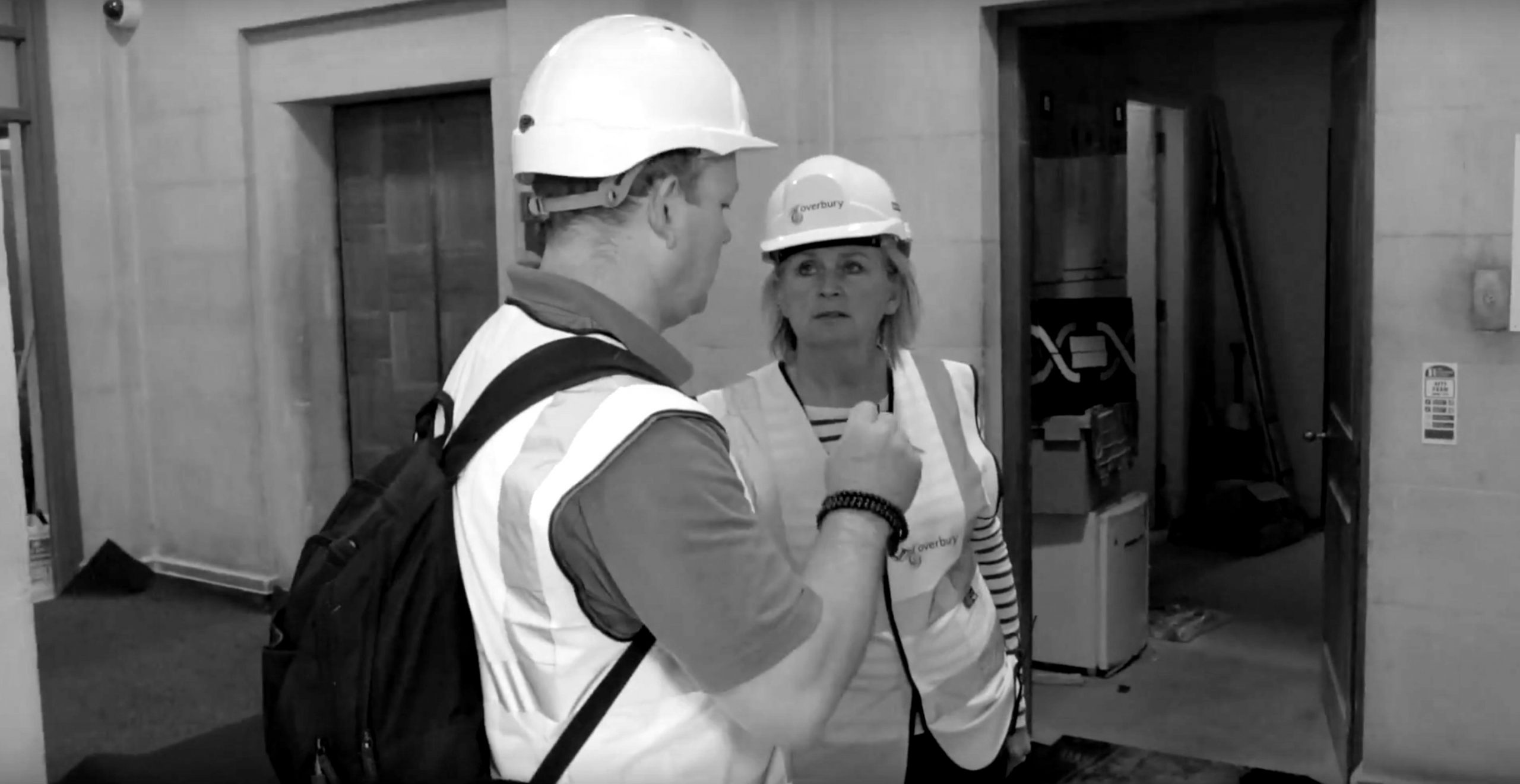— The PLACEmaking blog
The rationalisation of the UK public sector’s extensive office estate
Author
Alison WhiteDate
January 28, 2018Whilst the UK’s Government Property Agency (GPA) focuses on centralising ownership of the government estate and, by charging market value rents to departments applying downward pressure to reduce the estate from 800 to under 200 by 2023, the wider remit of the Government Property Unit (GPU) is to ensure all public bodies make better use of a reduced real estate property assets. Whilst focusing initially on the extensive central London office estate, few public-sector bodies are isolated now from the pressures being applied: do better, do more and at significantly less cost.
Rationalisation of the nationwide public sector’s extensive and expensive office estate is a hot topic and property teams are energised that finally, the real costs associated with operating, servicing and maintaining an inefficient property portfolio are at last being scrutinised at a senior management level.
Is office rationalisation enough?
With rationalisation, therefore, being regarded as an attractive source of both capital and revenue savings, the challenge is deciding what to get rid of and what to hold on to. Making that decision is not as simple as in the past when simple exiting leases or selling freeholds would do. It’s now made more difficult by the demands of modern ways of working that challenge traditional assumptions of what we want from office buildings of today and how a key characteristic is how adaptable the workspace needs to be to absorb continuous change and workstyle evolutions.
The increased functionality and reduced costs of mobile technology and telephony, as well as more secure and reliable remote access to digitally generated and stored information, has enabled greater numbers of people to adopt smarter ways of working. Social expectations and wider exposure to global aesthetic influences have increased expectations on the style of a working environment, a greater focus on the negative health and well-being impact of sedentary work styles plus reduced acceptance of formal office protocols all contribute to a demand for more choice about when, where and how we work.
The consequence of all of this is that we don’t just need the same old office solution, but less of it. Indeed, with a better understanding of what smart working really means and what tangible benefits can be realised, the common numerical assumptions of property professionals to determine the scale of a retained estate and the assumption that glass and steel open plan offices are still the preferred solutions ignores that fact that revolutionary change has happened and as such, a fresh approach is demanded.
A recent case study, the 2017 TW3 award-winning Bristol City Council project, is regarded by the UK Cabinet Office as an exemplary project for local government: reducing the office estate by 85%, increasing utilisation of the retained estate by 250% as well as delivering £125 million savings over five years. It ticked all those boxes. But it did more. The retained estate included a Grade 2* heritage building that was refurbished and remodelled with English Heritage approval, reflecting changes of the council’s way of working.
Overall the reduced estate has achieved the target of 5 sqm per person. Now only 30% of the workspace includes traditional desks, with the remaining 70% including multiple innovative, collaborative and interactive work settings solutions reflecting the adoption of smart work- ing across the council. Reducing the proportion of the building to private workspace has increased the proportion of the building access by the public – and increasing income generation opportunities has increased use of the building beyond normal corporate hours and provides a valuable community asset to the city of Bristol.
So, what does optimising office space mean?
Optimising a reduced office estate demands a re-rethink of the purpose of the office and a change of expectations by building both providers and users. Users need to reappraise what they expect to personally ‘own’, instead focusing on what sort of experiences they want when using the office. They need to consider space as a shared commodity used by them sometimes frequently but more often sporadically. Building providers need to rethink their attitudes towards building users, from them being static occupiers to being temporary consumers of space, facilities and services.
Building owners need to provide better quality assets and solutions that directly support their customers own productivity, which in turn, increases the desirability and value of space. When most office buildings sit idle for 40% of the time they are officially open for use, so facilities managers need to rethink how space is operated, focusing on design solutions that motivate and delight people, not just what minimises operating costs and asserts operational control.
We may need to rationalise the total volume of office space, but what we hold on to needs to be used more efficiently and effectively. Otherwise, those people now allocated with mobile telephony and technology devices will simply find better and more attractive places to work and as such, the value of social interaction will be lost.
How do we rationalise and optimise space?
There have been several attempts to describe the changes in the way we work and the design of rationalised and optimised workplaces. New ways of working, flexible working, agile working and the GPU’s own The Way We Work (TW3) to name but a few. Smart working though has emerged as an accepted term, as it refers to the adoption of modern working practices and the key constituents of the transformational programme of change that together enables optimisation and rationalisation to be achieved and successfully sustained.
Subscribe to our mailing list
Let's Work Together
Office
Box 18, Boxworks
Clock Tower Yard,
Bristol BS1 6QH

